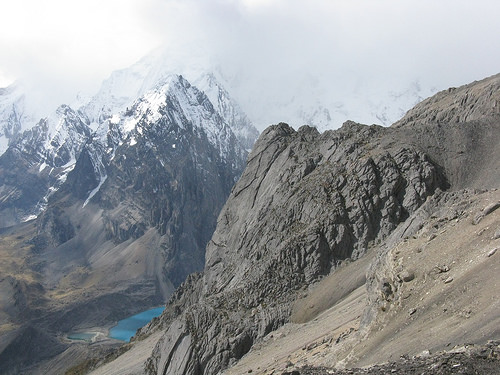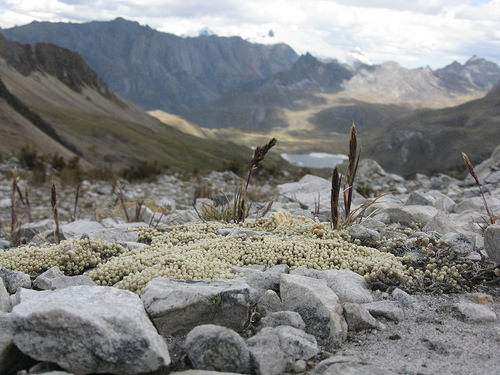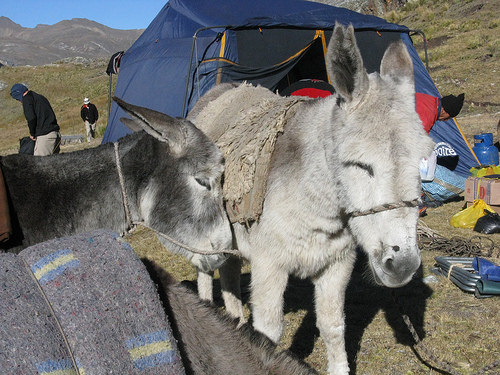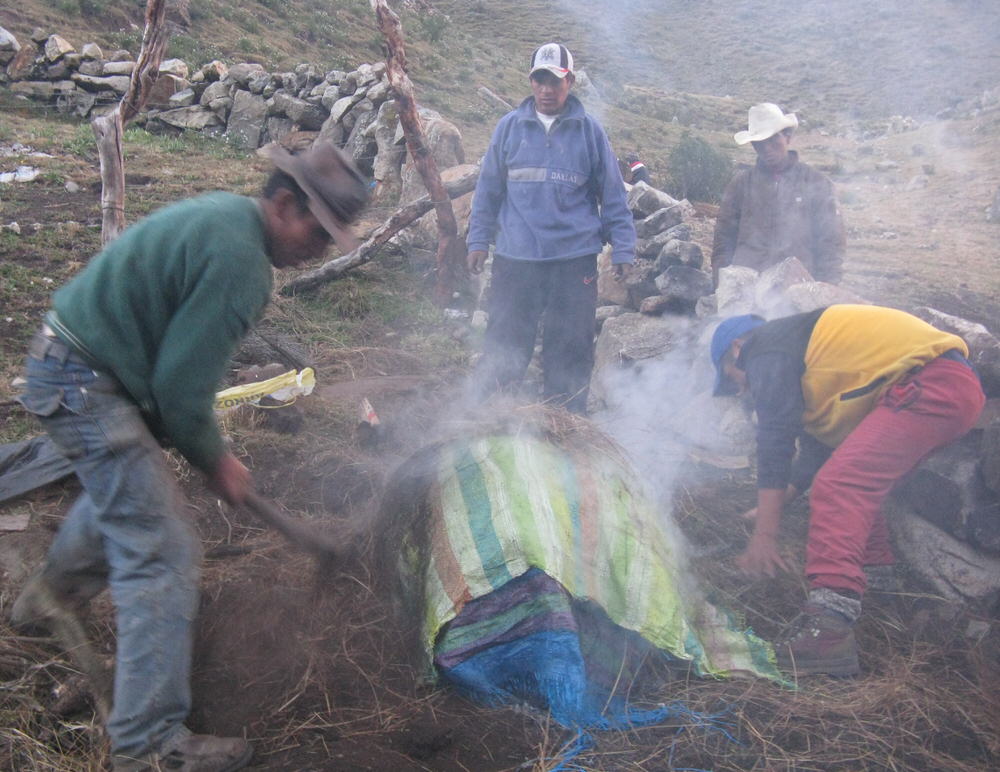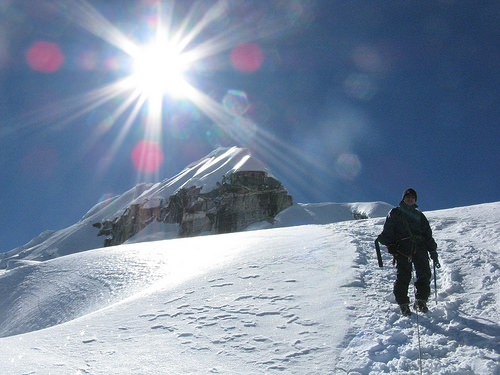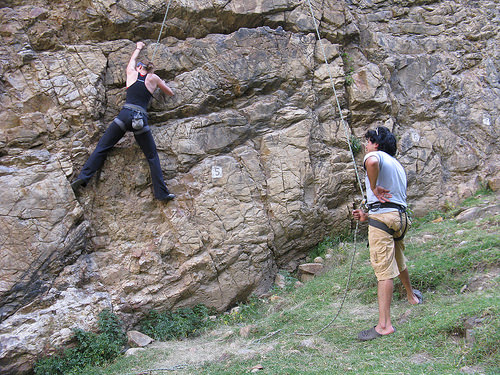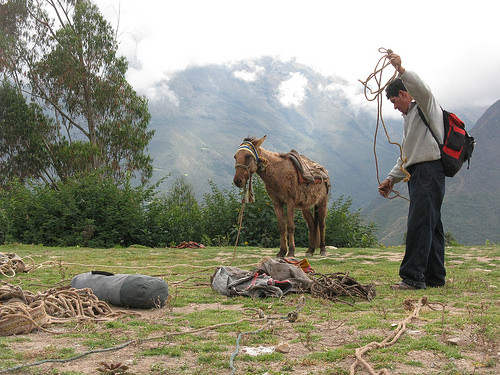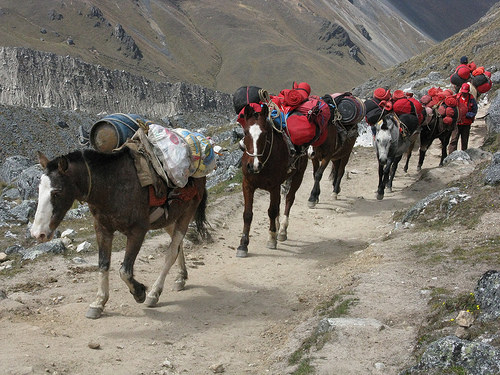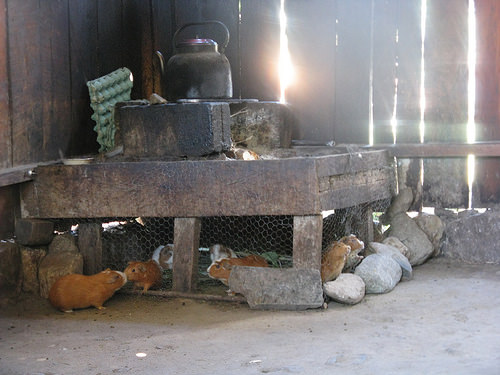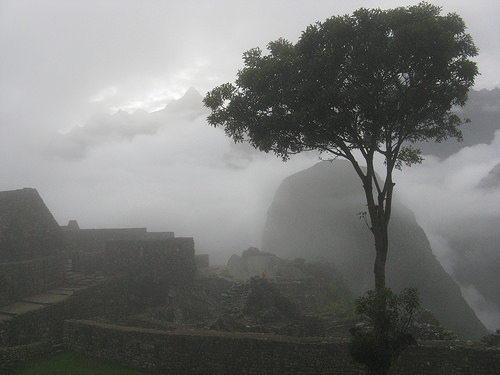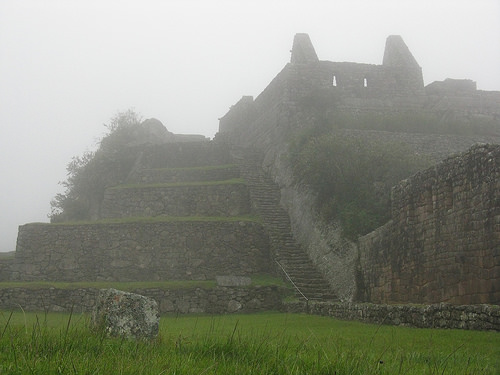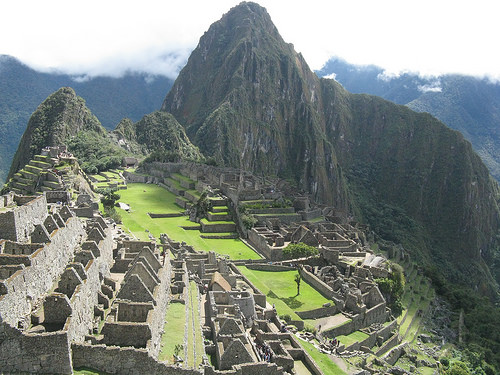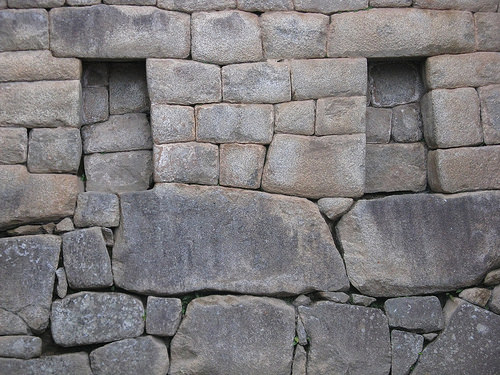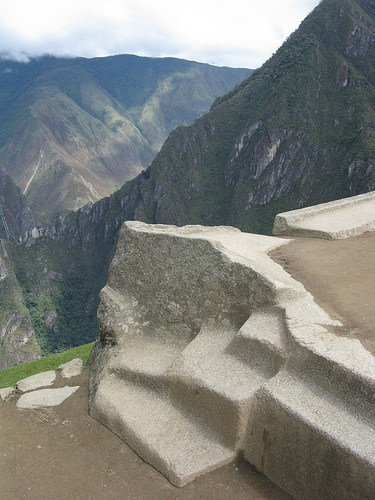The emergency backup horse was tempting. It followed us up each of the passes in Peru’s Huayhuash Mountain Range, enticing us with its empty saddle. But my sister and I resisted the urge to hop on for the climb, opting instead to feel the fullness of burn.
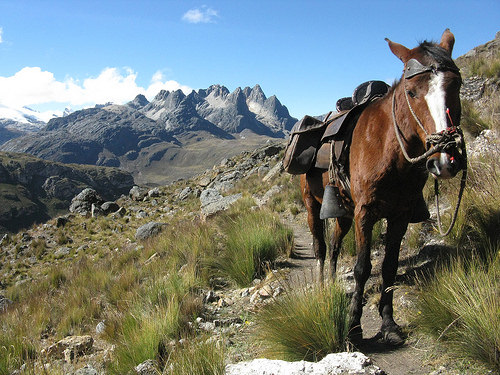
The trail through the Cordillera Huayhuash (pronounced WhyWash) circles a cluster of high, white peaks about four hours east of Huaraz. The range contains six mountaintops measuring more than 19,600 feet and 15 others measuring more than 17,700. The seven-day trek took our group over eight high-altitude passes, including an especially brutal one, San Antonio, which measured more than 17,000 feet tall.
Climbing the near-vertical San Antonio pass drove Laura and me, normally not self-affirmation types, to repeat motivational mantras over and over in our heads.
During each of the climbs, my thighs screamed, my calves burned, and my lungs begged for a break. But the views from the high points more than canceled the discomfort; snow-capped mountains overlooked grooved rock walls, brilliant blue lakes and lush green valleys. Avalanches sometimes crashed down from the high peaks, filling the air above them with clouds of snow powder.
At 111 miles long and 18 miles wide, the Cordillera Huayhuash is small compared to most. But what it lacks in area, it makes up in height.
We were accompanied on the trek by six 20-something Israeli guys who boiled up fresh tea every night in camp and bet on everything from scenes in the movie ‘Snatch’ to traffic fatality numbers in Israel. We learned the Hebrew words “Sababa,” which means “It’s all good,” and “ree-bah,” which means “jam.”
A guide named Benito showed us the route and cooked our dinners, and a donkey driver named Lincol managed the eight super-cute burrows that carried our bags. Most of Lincol’s animals were named Pancho or some version of the name, and, in the mornings, stood so patiently awaiting their loads that frost remained in their unmoving shadows long after it had melted everywhere else.
Does it GET any cuter?
The Cordillera Huayhuash is much more remote than the Cordillera Blanca, the range closer to Huaraz. Though we occasionally ran into other groups along the way, we often encountered nobody for hours at a time.
The trail tapered out in some places, forcing us to traipse through the virgin landscape in what we thought to be the right direction. During those times, I felt privileged to be in such a beautiful, unspoiled space.
Nights were cold, well below freezing. Laura and I slept in multiple sweaters and vests and cuddled up with the bottles of boiled water that Lincol would deliver to our tent before bedtime (he called them our novios, or ‘boyfriends’). When those became tepid around 2 a.m. we pulled our sleeping bag cords tighter around our faces and tried our best to sleep until morning.
We camped near natural hot springs our third night on the trail. Weirdly enough, it started hailing just as we dipped our toes in the water and stopped right about the time we decided to get out — the only precipitation during the entire trip. Submersed in the warmth of the tub, we watched the ice pellets land on our shoulders and melt from white to clear to gone.
Right outside the hot springs, villagers manufactured bricks from mud and hay. They said they were building a changing room beside the hot springs.
In camp on the last day, our group purchased a sheep for $30 USD from a local rancher (Laura says they run $400 in the U.S. Don’t ask how she knows this). With confidence and precision, Lincol slit its throat, chopped off its feet, removed its skin and organs and split it up the ribs. He marinated it in a green sauce, and, less than an hour from its last bleat, it was cooking Pachamanca style, underground.
Lincol at work. I couldn't watch the first part of this process.
Pachamanca in progress. Lincol, Bendito and a couple others cover the stone chimney containing hot coals, lamb and potatoes with dirt, tarps and straw.
Our group at the trail's end in the village of LLamac.




